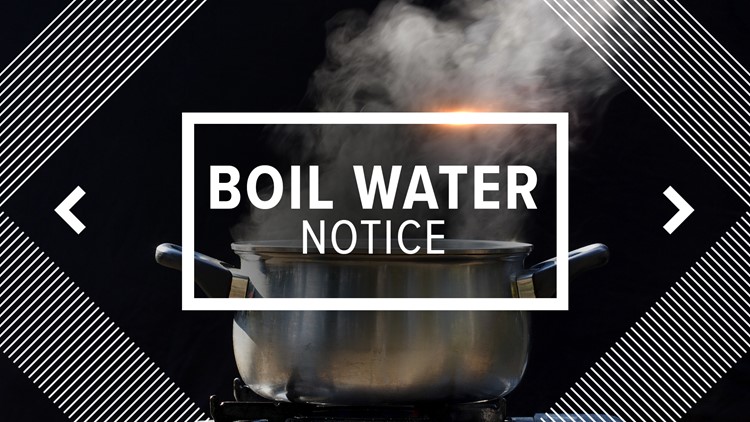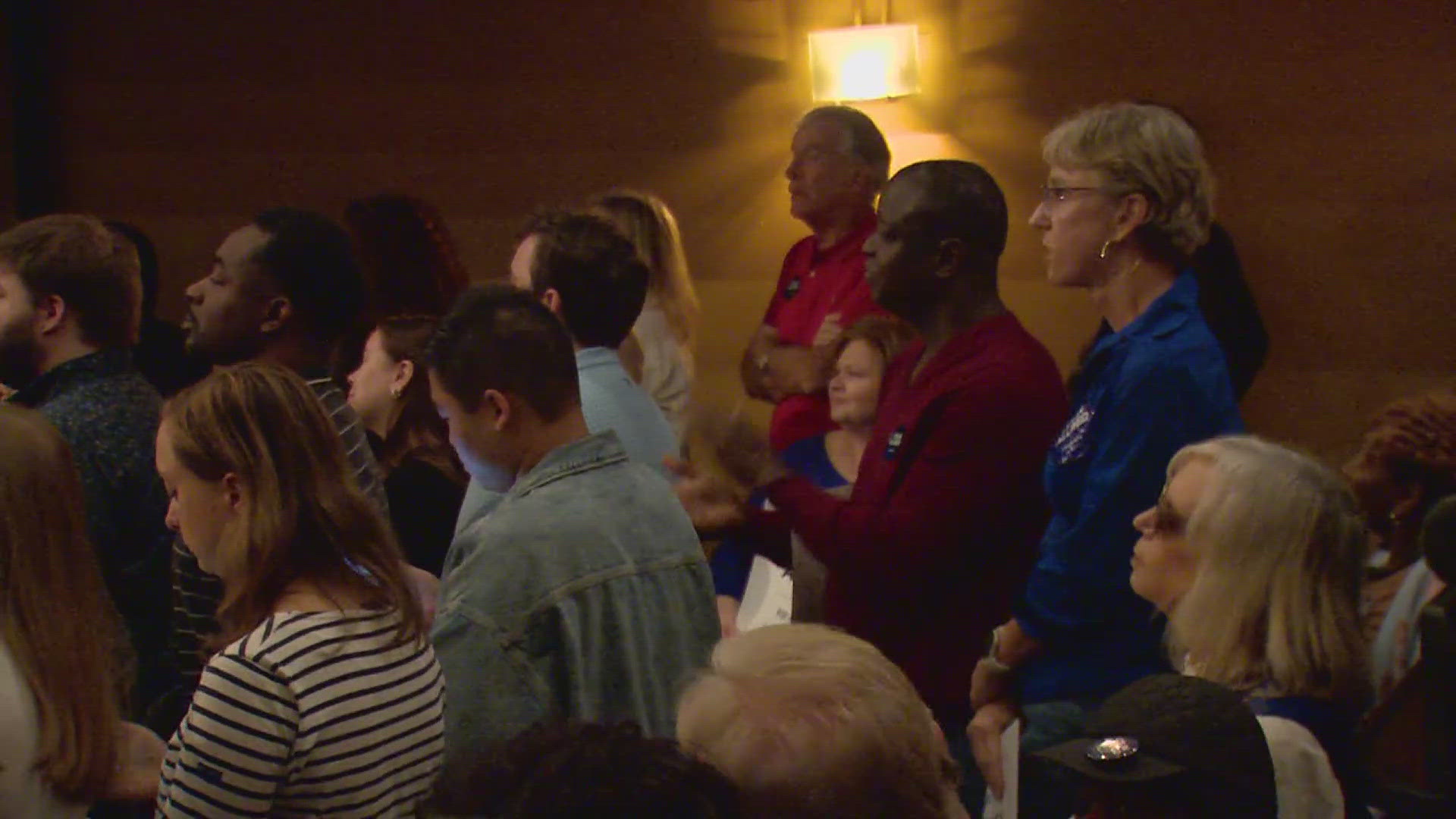ORANGE COUNTY, Texas — A boil water notice has been issued for some Mauriceville Municipal Utility District customers.
After an 8-inch water main was severed by Entergy contactors on Highway 62, the Texas Commission on Environmental Quality has required all customers along Highway 62, North of Mauriceville from Dailey Road into Jasper and Newton Counties to boil their water prior to consumption.
When it is no longer necessary to boil the water, the public water system officials will notify customers that the water is safe.
If you have questions concerning this matter, you can contact Ron King or Christy Davis at 409-745-4882.
Officials anticipate the notice to be lifted by Thursday, Dec.7, 2023 after 3 p.m., but an official rescind notice will be sent out when applicable.
Often when a municipal water system experiences a water main or line break or experiences a drop in water pressure a "Public Notice to Boil Water" is issued.
12News will share this article via Facebook and Twitter and include specific information about the location and water system contact info for the boil-water notice on the social media post.
Here are some tips for dealing with a boil-water notice from the Centers for Disease Control...
Boiling water
Fill a pot with water.
Heat the water until bubbles come from the bottom of the pot to the top.
Once the water reaches a rolling boil, let it boil for 1 minute.
Turn off the heat source and let the water cool.
Pour the water into a clean container with a cover for storage.
Disinfecting water
If you are unable to boil your water, disinfect it instead.
If tap water is clear:
Use unscented bleach (bleach that does not have an added scent).
Add 1/8 teaspoon (8 drops or about 0.75 milliliters) of unscented household liquid bleach to 1 gallon (16 cups) of water.
Mix well and wait 30 minutes or more before drinking.
Store disinfected water in clean container with a cover.
If tap water is cloudy:
Filter water using clean cloth.
Use unscented bleach (bleach that does not have an added scent).
Add 1/4 teaspoon (16 drops or 1.5 milliliters) of unscented household liquid bleach to 1 gallon (16 cups) of water.
Mix well and wait 30 minutes or more before drinking.
Store disinfected water in clean container with a cover.
Remember that containers may need to be sanitized before using them to store safe water.
To sanitize containers:
Use unscented bleach (bleach that does not have an added scent).
Make a sanitizing solution by mixing 1 teaspoon (5 milliliters) of unscented household liquid bleach in 1 quart (32 ounces, 4 cups, or about 1 liter) of water.
Pour this sanitizing solution into a clean storage container and shake well, making sure that the solution coats the entire inside of the container.
Let the clean storage container sit at least 30 seconds, and then pour the solution out of the container.
Let empty container air dry OR rinse it with clean water that has already been made safe, if available. Never mix bleach with ammonia or other cleaners. Open windows and doors to get fresh air when you use bleach.
Water filters
Boil tap water even if it is filtered. Most kitchen and other household water filters typically do not remove bacteria or viruses.
Preparing and cooking food
Wash all fruits and vegetables with boiled water that has cooled or bottled water.
Bring water to a rolling boil for 1 minute before adding food to cook.
Use boiled water when preparing drinks, such as coffee, tea, and lemonade
Wash food preparation surfaces with boiled water.
Feeding babies and using formula
Breastfeeding is best. Continue to breastfeed. If breastfeeding is not an option:
Use ready-to-use baby formula, if possible.
Prepare powdered or concentrated baby formula with bottled water. Use boiled water if you do not have bottled water. Disinfect water for baby formula if you cannot boil your water (see above for directions on how to use bleach to disinfect water).
Wash and sterilize bottles and nipples before use.
If you cannot sterilize bottles, try to use single-serve, ready-to-feed bottles.
Ice
Do not use ice from ice trays, ice dispensers, or ice makers.
Throw out all ice made with tap water.
Make new ice with boiled or bottled water.
Bathing and showering
Be careful not to swallow any water when bathing or showering.
Use caution when bathing babies and young children. Consider giving them a sponge bath to reduce the chance of them swallowing water.
Brushing teeth
Brush teeth with boiled or bottled water. Do not use untreated tap water.
Washing dishes
Household dishwashers generally are safe to use if the water reaches a final rinse temperature of at least 150 degrees or if the dishwasher has a sanitizing cycle.
To wash dishes by hand:
Wash and rinse the dishes as you normally would using hot water.
In a separate basin, add 1 teaspoon of unscented household liquid bleach for each gallon of warm water.
Soak the rinsed dishes in the water for at least one minute.
Let the dishes air dry completely.
Laundry
It is safe to do laundry as usual.
GET NEWS & WEATHER ALERTS | Download the 12News App to your mobile device
Pets
Pets can get some of the same diseases as people. It is a good idea to give them boiled water that has been cooled.
The Texas Commission on Environmental Quality sets mandatory language for such a notice.
Also on 12NewsNow.com…



